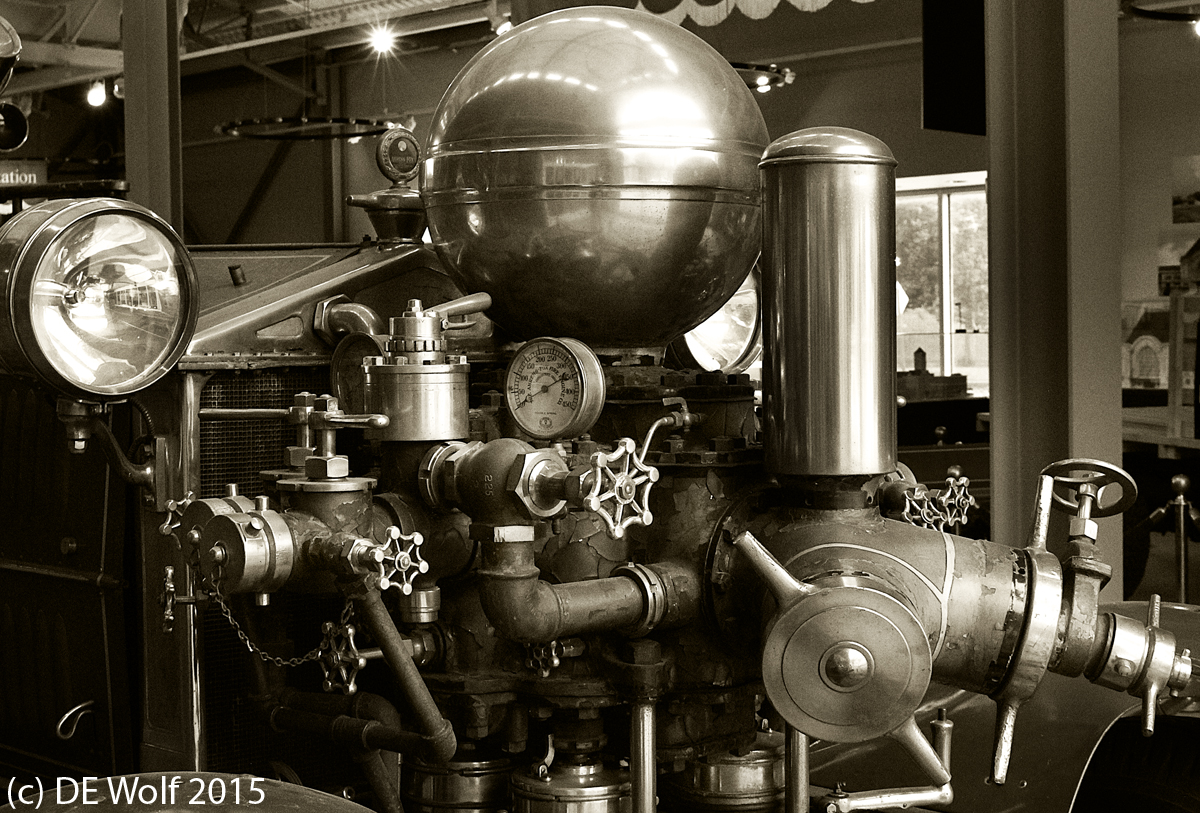
Figure 1 – Detail of antique fire engine, Clark County Heritage Center, Springfield, Ohio. (c) DE Wolf 2015
Right now we are living in the great digital, wireless, internet age. And people of my generation have seen it all progress: the age of vacuum tube electronics. of transistors, of analog circuits. Remember broadcast television with its three channels of pabulum. Now we have two hundred channels of pabulum.
But what I wanted to point out here is that all of this was preceded by a mechanical age. And the complexity of machinery is truly marvelous. It was water, then steam, the gasoline. As I discussed a few days ago, last weekend I was in Springfield, Ohio. in 1838 Springfield was the western terminus of the National Road, which was the first major road construction project carried out by the United States federal government, and done, I might add, by manual labor. Springfield’s history is irrevocably tied to the Industrial Revolution. As more and more people moved from the farms to the cities, it became essential that production of crop per acre and acres per farmer increase, and Springfield played an essential role in this industrialization of agriculture – almost seems a contradiction of terms.
There is a great intricate beauty in these machines. In the composite they show what can be achieved by complex integration of mechanical parts. If instead you focus on the individual components, often hand-machined, you come to marvel at what precision the human hand and mind can achieve when working in synchrony. This is the point of Figure 1, which is a close-up of the working mechanism of an antique fire engine. Photographically there is something so seductive in the specular reflections of polished steel and something almost alive in the interaction of parts. Recognize that the creation of the machine requires much more that the tooling of the part or the assembly of a hundred parts. It bespeaks a deep understanding of the physics of the engine and a knowledge of the science of the materials chosen. The people who made this fire truck are long departed, but their essence is still there and still speaks to us.
Canon T2i with EF-S18-55mm f/3.5-5.6 IS STM lens at 51 mm, ISO 6400, Aperture Priority AE mode, 1/160th sec at f/8.0 with -1 exposure compensation.
